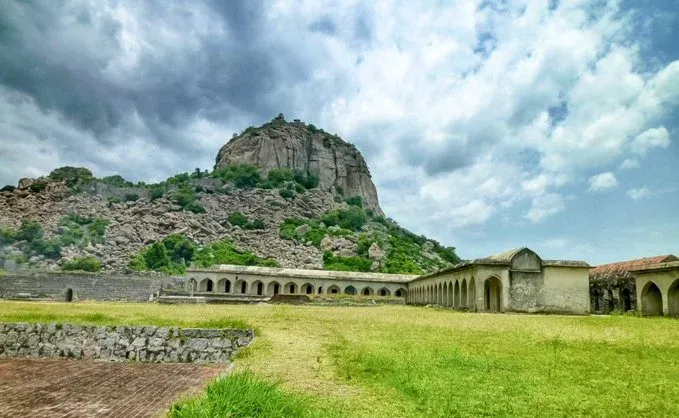Is 'Troy of the East' Gingee Fort Now a UNESCO World Heritage Site?

Synopsis
Key Takeaways
- Gingee Fort is now a UNESCO World Heritage Site.
- It is known as the 'Troy of the East'.
- The fort enhances Tamil Nadu's cultural heritage.
- Originally built in 1190 AD, it showcases remarkable architectural features.
- It served as a significant military stronghold throughout history.
Chennai, July 12 (NationPress) The Chief Minister of Tamil Nadu, M.K. Stalin, announced on Saturday that Gingee Fort in his state has received the prestigious designation of a UNESCO World Heritage site.
“I am thrilled to share that the Gingee Fort, renowned as the 'Troy of the East', has been recognized as a UNESCO World Heritage Site within the context of the Maratha Military Landscapes of India,” the Chief Minister highlighted on his X account.
This stunning hilltop fortress now adds to Tamil Nadu's remarkable collection of UNESCO sites, which includes the Great Living Chola Temples, the monuments at Māmallapuram, the Nilgiri Mountain Railway, and the Western Ghats.
“This is a moment of pride for Tamil Nadu and its long-lasting cultural legacy,” the Chief Minister expressed.
Gingee Fort, also referred to as Senji Fort, is often dubbed the 'Great Wall' of South India. It is located in the Villupuram District, approximately 160 kilometers (99 miles) from Chennai and near the Union Territory of Puducherry.
The fort is so well fortified that Chhatrapati Shivaji Maharaj, the Maratha king, deemed it as the “most impregnable fortress in India”, and the British called it the “Troy of the East”.
Initially constructed by Ananta Kon around 1190 AD and later strengthened by Krishna Kon, it underwent modifications in the 13th century to transform it into an unassailable citadel, built to defend the town of Gingee by the Kottailinga Kurumbar king.
The fort was strategically established to repel invading forces. According to historical accounts, it was further fortified during the 15th and 16th centuries. In 1677 AD, it was secured for Swarajya by Subedar Harji Rajemahadik for the Marathas under Shivaji’s command.
Subsequently, it fell to the Bijapur sultans, the Mughals, the Carnatic Nawabs, the French, and ultimately the British in 1761.
The fort is closely linked to Raja Tej Singh, who bravely revolted against the Nawab of Arcot but tragically lost his life in the ensuing conflict.









